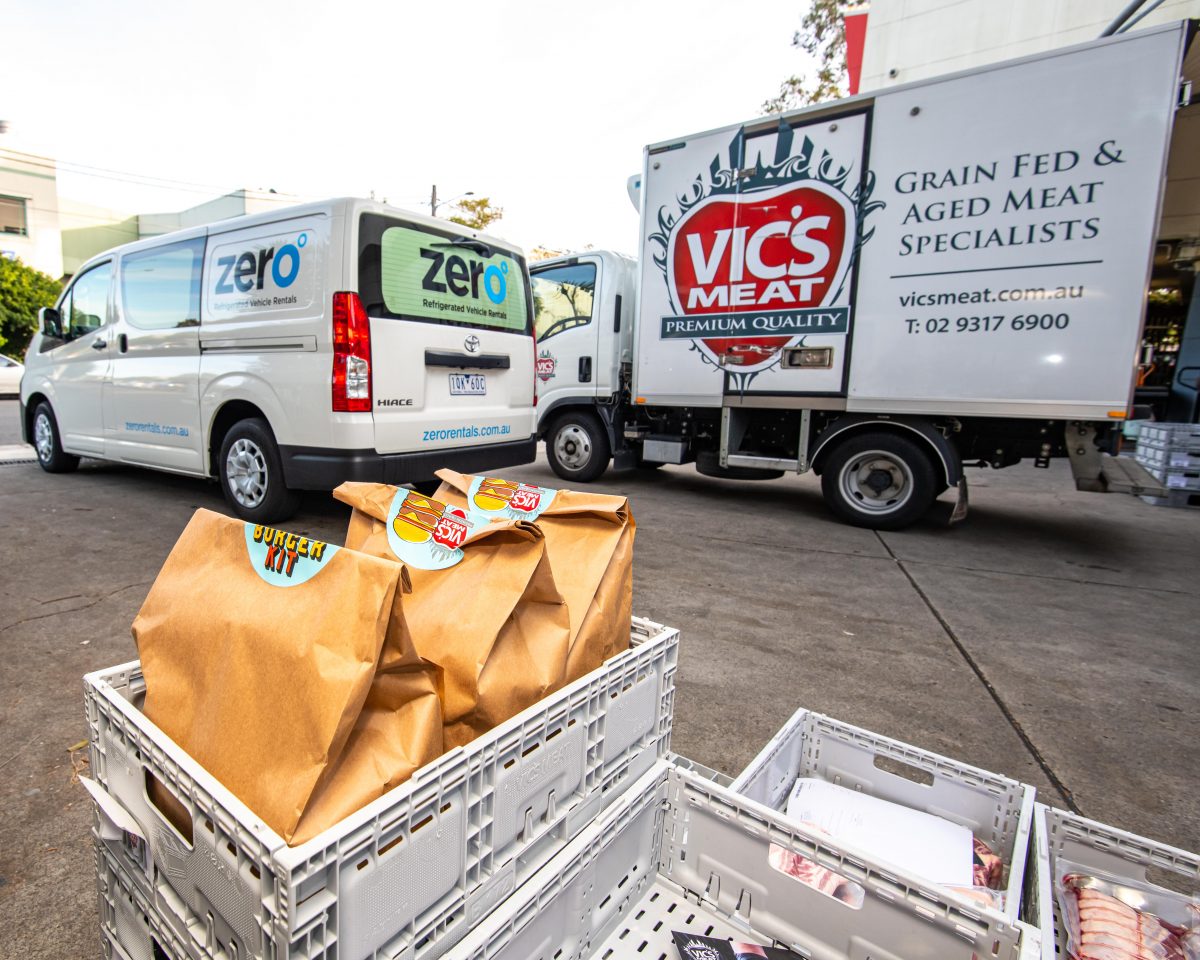
How to Safely & Effectively Transport Frozen Goods – Our Guide
If you’re in the food and beverage industry, it’s necessary for your perishable products to be transported from one place to another. The chances are that frozen foods or goods ought to be delivered to the public market, retail stores, and other commercial establishments. Think about fruits and vegetables, chilled meat, dairy and bakery products that require commercial refrigeration at a certain temperature to avoid spoilage and prolong their shelf-life during transit.
In this article, we will share our guide on how to safely and effectively transport frozen products:
1. Perform precooling of products
For the uninitiated, precooling is the process of initially lowering the product temperature before it gets loaded in the trailer and delivered to its destination. This method is a way to prepare for loading that will positively impact the product shelf life and ensure its efficient transport. Keep in mind that the actual refrigeration is not to get rid of heat and cool down the goods. It’s actually a way to maintain the product temperature, which is why precooling is extremely necessary.2. Set temperature control in place
For maintaining frozen products, temperature control is a key aspect to consider. When it comes to this step, you also have to factor in the quality, condition and safety of your frozen goods. Know that while very low temperature might damage them, very high temperatures, on the other hand, may encourage microbial growth and lead to spoilage. The rule of thumb is to ensure the ideal temperature required for your food products, so be sure that your refrigerated transport hire provides you with the needful. Thanks to Zero Rentals vehicles equipped with electric standby refrigeration systems, your goods will stay at the required temperature, even when the vehicle is turned off!3. Employ trained staff for product handling
A vital aspect of the overall transportation experience is your staff, which includes your employees and transport drivers. As for your employees, be sure that they are trained to handle frozen goods, such as knowing how to load and unload the chilled products. They must also be aware of the temperature requirements and the environmental conditions necessary for your goods. On the other hand, drivers need to ensure that they go as smoothly as possible to prevent the products from shifting inside or worse, getting damaged. Be sure they are accountable for any potential issues so that they’ll handle them with tender love and care.4. Take advantage of GPS monitoring
Time is of the essence when it comes to transporting perishable products. As much as possible, a particular delivery timeline must be set and strictly followed. To do this, you must have GPS tracking as a viable solution in monitoring your delivery to ensure that they arrive on time. There are various apps and tools available in the market to ensure that your frozen products are monitored to avoid any delays. Ultimately, it’s best to invest in this technology to boost the overall efficiency of your product delivery.Conclusion
At this point, you now know how to transport your frozen goods successfully. As discussed above, all it takes is to perform precooling, set temperature control, employ trained staff for product handling, and utilise GPS monitoring. With all these in place, you can expect your frozen products to be transported safely and effectively for the benefit of your clients and the good of your business! Zero Rentals is specialised in long-term and short-term refrigerated vehicle hire in Sydney, Australia. If you’re looking to hire a refrigerated transport for your frozen goods, get in touch with us today for a free quote!
Comments : 0
